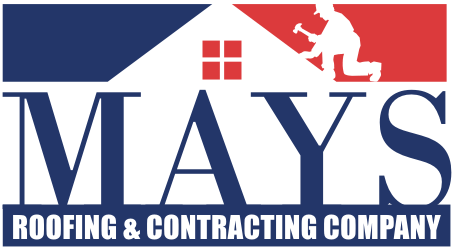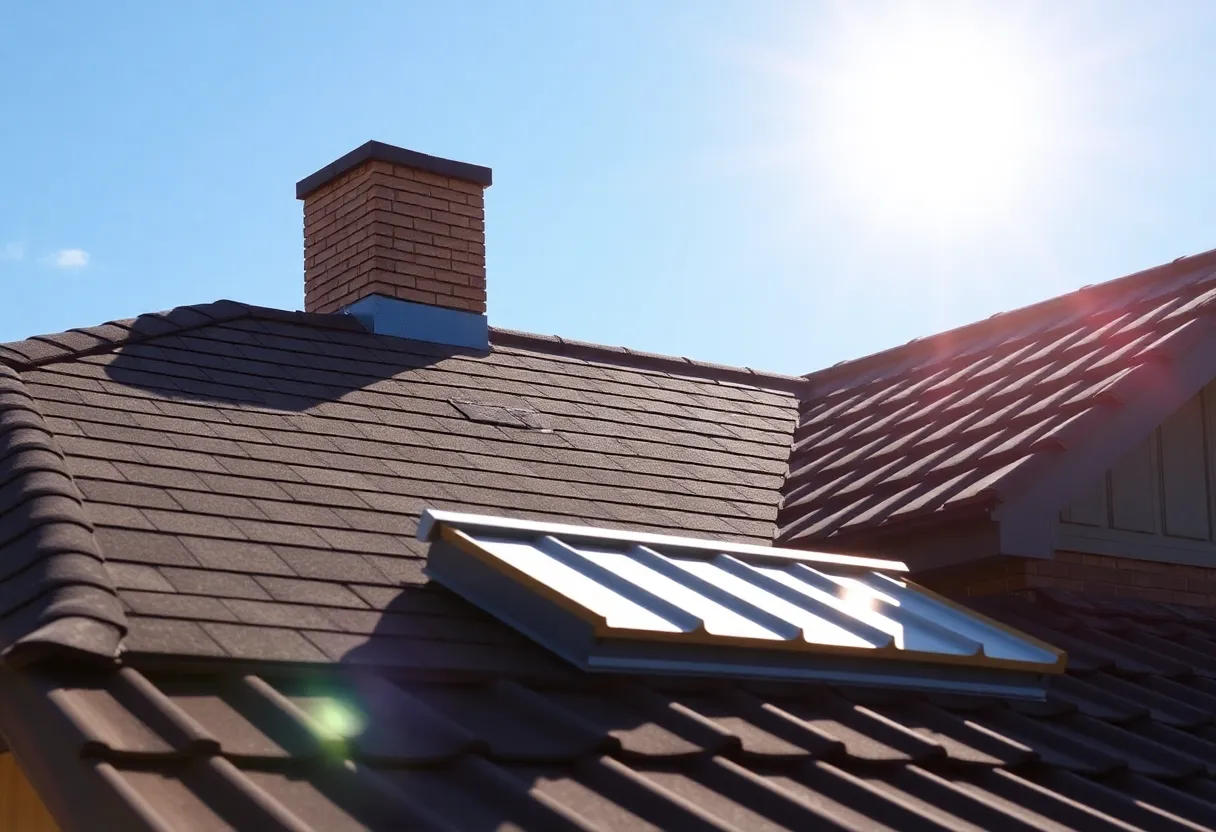How to Properly Maintain Your Roof During the Hot Summer Months: Essential Tips for Homeowners
As the heat of summer intensifies, it becomes crucial for homeowners to focus on the maintenance of their roofs. Extreme weather conditions can pose significant risks to roofing systems, leading to costly repairs if not adequately addressed. In this article, we will provide essential tips that will guide homeowners in maintaining their roofs effectively during the hot summer months.
Understand Your Roof Type
Before diving into specific maintenance tips, it is essential to know the type of roofing system installed on your home. Different materials—such as asphalt shingles, metal roofs, tile roofs, and flat roofs—have distinct maintenance requirements.
Asphalt Shingle Roofs
These are the most common roofing types in many residential areas. They require regular inspections to look for buckling or curling shingles and should be cleaned to prevent algae growth, which can damage the material.
Metal Roofs
Generally more durable, metal roofs need less maintenance. However, ensure that the seams are tightly secured to prevent leaks and check for rust spots, which can deteriorate the integrity of the roof.
Tile and Slate Roofs
While beautiful, these roofs can be heavy and require attention to cracks and breaks that may occur during the summer heat. Always contact a professional for repairs.
Flat Roofs
Flat roofs can be prone to ponding water, which increases the risk of leaks. Regularly inspect for signs of wear and tear, and ensure proper drainage.
Conduct Regular Inspections
Performing regular inspections is one of the most effective ways to maintain your roof. Aim for two inspections per year, preferably in spring and late summer, and after any significant weather events.
What to Look For
- Check for missing or damaged shingles: Look for any dislodged or cracked shingles that may compromise the roof’s integrity.
- Inspect flashing: Examine the areas around chimneys and vents, ensuring that the flashing is intact and sealed.
- Look for debris: Remove any leaves, branches, or debris that could trap moisture against the roof.
- Assess the gutters: Clean the gutters to prevent clogs that could redirect water back onto the roof.
Maintain Proper Ventilation
Good ventilation is paramount for maintaining a healthy roofing system during the summer. Insufficient airflow can trap heat and moisture, causing the roof and attic space to become excessively hot.
Why Ventilation Matters
High temperatures can degrade roofing materials, while trapped moisture can lead to mold growth and other serious issues. Ensure that your roof has adequate ventilation systems in place.
Types of Ventilation
- Ridge Vents: Installed at the peak of the roof, they allow hot air to escape.
- Soffit Vents: Placed under the eaves to permit cool air influx.
- Gable Vents: Located at the end of the attic, these provide natural airflow.
Keep Your Roof Clean
Cleaning your roof is essential to prevent the buildup of dirt, debris, and algae, which can deteriorate roofing materials over time. Here are some cleaning recommendations.
How to Clean
- Use a soft-bristle broom: Gently remove debris without damaging the roofing material.
- Consider pressure washing: A pressure washer can be effective but ensure the pressure is set adequately high to avoid damaging shingles.
- Use algae inhibitors: Chemical solutions can eliminate and prevent algae growth on shingles.
Check Your Attic Insulation
While not directly visible from the outside, attic insulation plays a crucial role in maintaining roof health. The right insulation can help regulate temperature and prevent overheating in the attic.
Importance of Insulation
Proper insulation lowers energy costs and prolongs the lifespan of your roofing materials. Inadequate insulation can result in heat buildup, contributing to premature wear.
Types of Insulation
- Fiberglass Insulation: Popular and effective in controlling temperature.
- Foam Board Insulation: Provides effective thermal resistance.
Address Overhanging Tree Branches
Overhanging branches can scrape your roof and allow debris accumulation. Regularly trim any branches that come too close to your roofing system.
Why Trim Trees?
Aside from preventing potential damage, trimming trees aids in overall roof cleanliness and reduces risks of pests that could lead to further complications.
Spot Water Damage Early
Constant exposure to extreme solar heat can lead to water damage, particularly if there are existing leaks or vulnerabilities.
How to Spot Damage
- Look for sagging: Check the ceiling for any signs of sagging or discoloration, indicating potential leaks.
- Inspect wall surfaces: Be alert for peeling paint or mold growth.
Consider Energy-Efficient Roof Options
If a new roof installation is in your future, consider options that reflect heat and offer better insulation. Energy-efficient materials can provide long-term savings and lessen summer heat exposure.
Popular Energy-Efficient Roofing Materials
- Cool Roofs: Use reflective materials to reduce heat absorption.
- Metal Roofing: Provides better insulation and longevity.
Engage Professional Help When Needed
While DIY maintenance can provide benefits, some tasks are best delegated to professionals. Engage a roofing contractor for complex inspections or repairs.
When to Seek Professionals
- Major damage: If you notice severe leaks or structural issues.
- Complex repairs: For maintenance tasks beyond your skill level.
Conclusion
Maintaining your roof during the hot summer months is essential for prolonging its lifespan and ensuring your home remains safe and comfortable. By understanding your roof type, conducting regular inspections, ensuring proper ventilation, cleaning your roof, checking insulation and ventilation, and engaging professionals when necessary, you can preserve your roofing system effectively. Stay vigilant and proactive to mitigate the impact of summer heat on your roof.





 Mays Contracting
Mays Contracting


